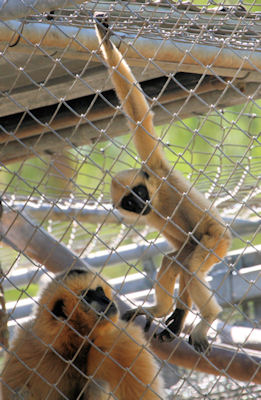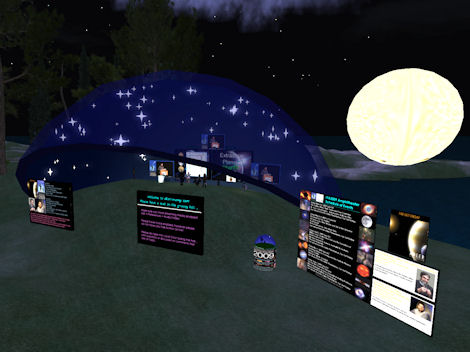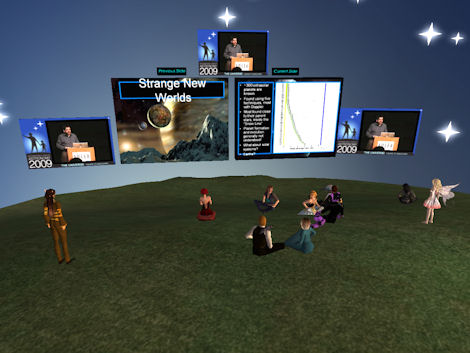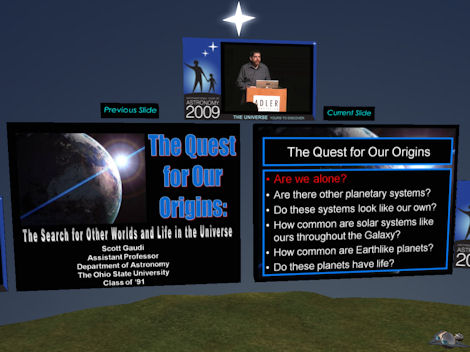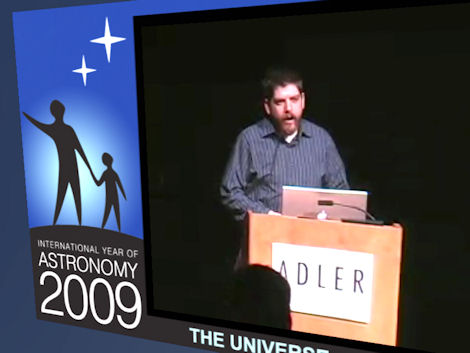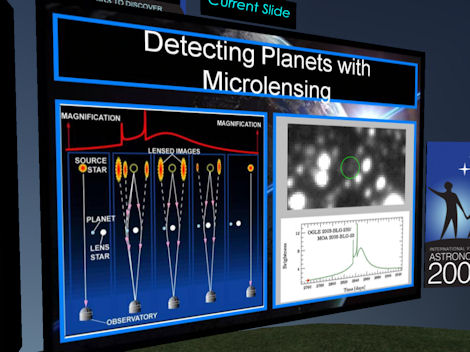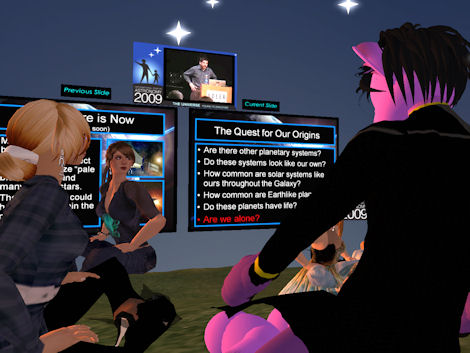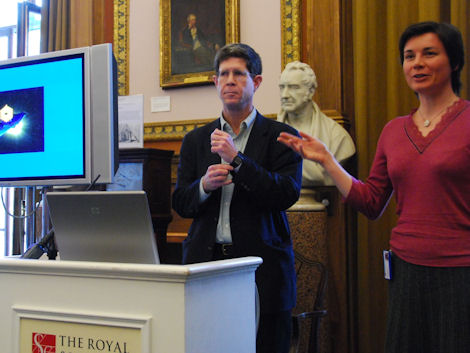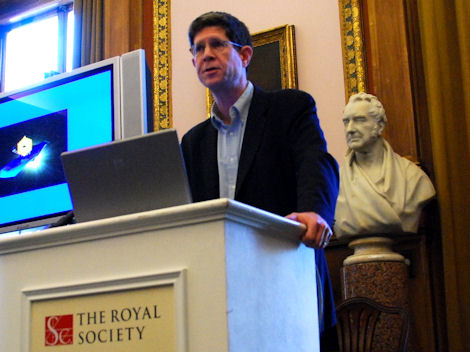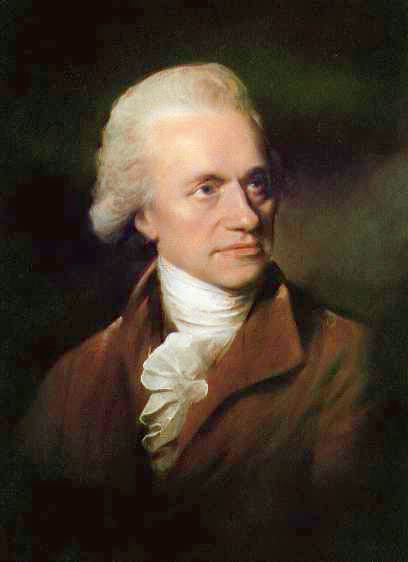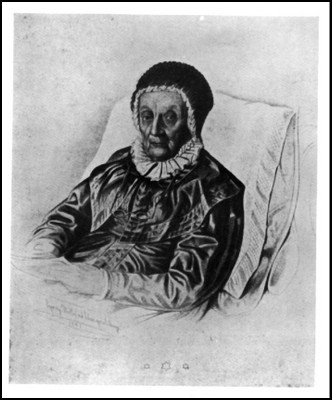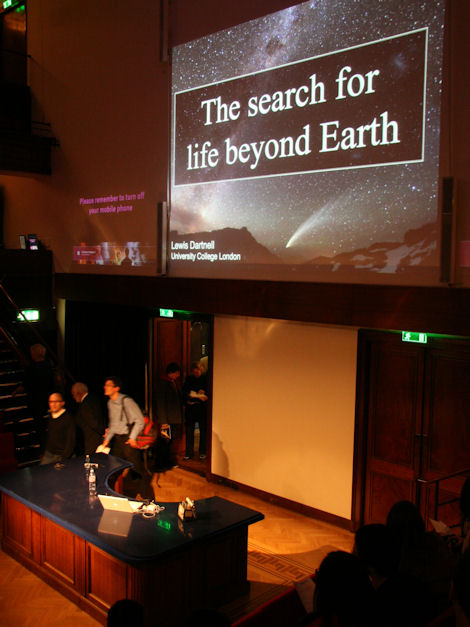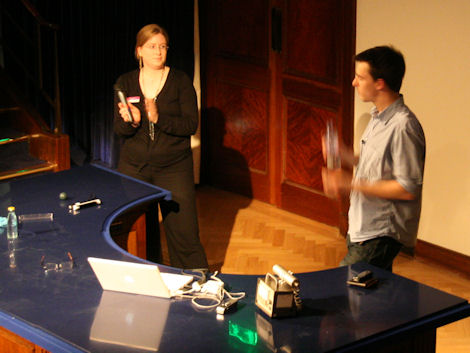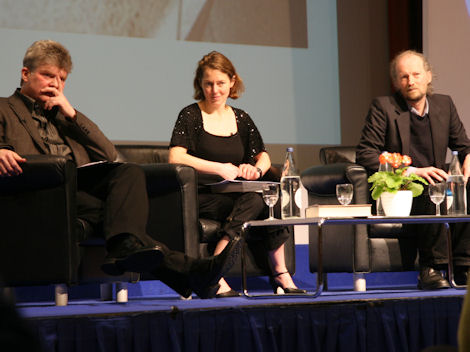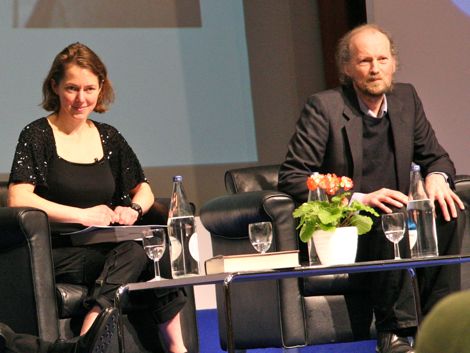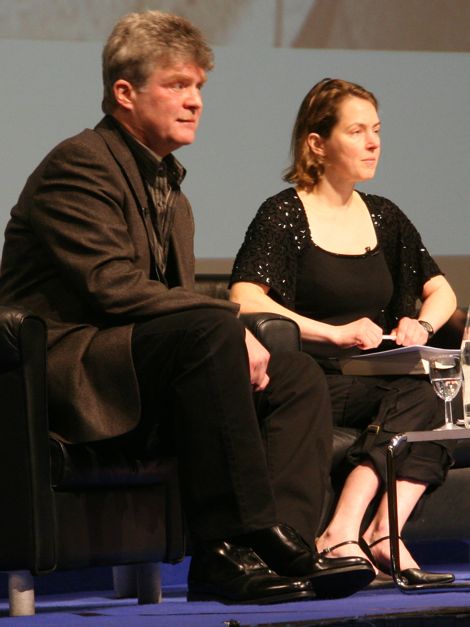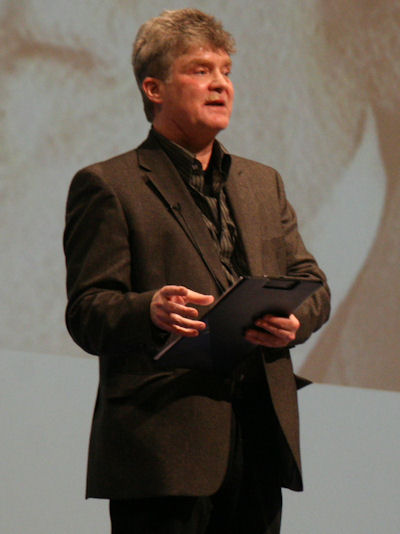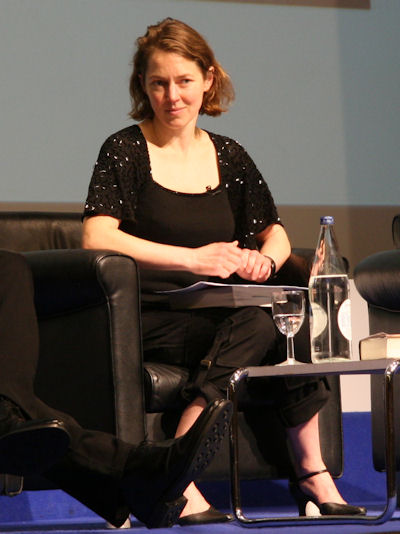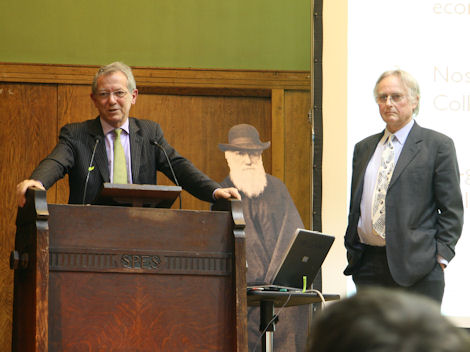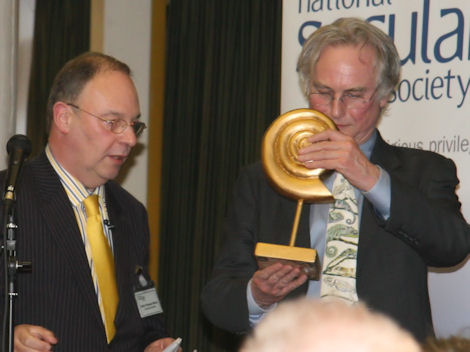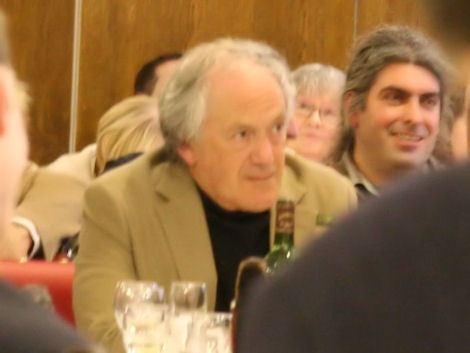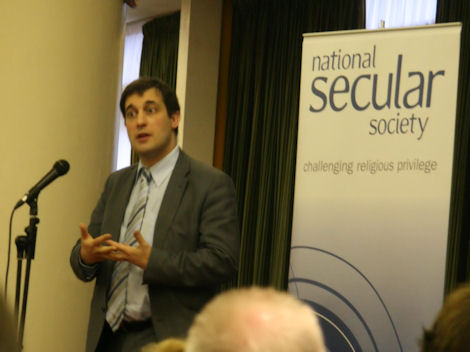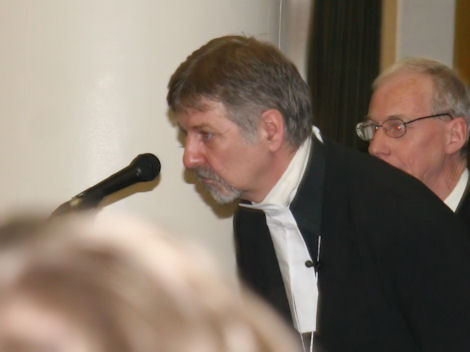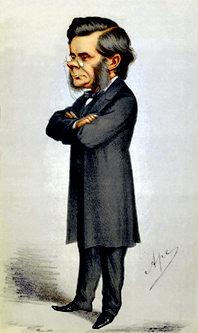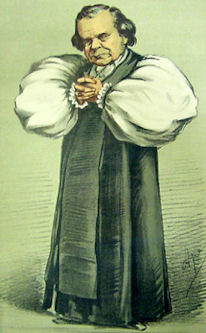A short note on my latest reading – ‘The Jasons’ by Ann Finkbeiner.
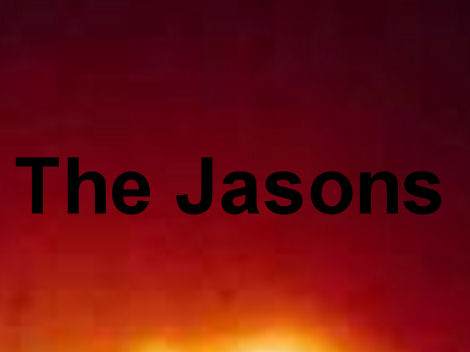
The book tells the true story of a group of US scientists, ‘The Jasons,’ who still to this day get together for six weeks or so every summer to analyse defence and security issues, make reports, and propose technical solutions and further work to the US government.
The Jasons were, and are, real ‘A -List’ intellectuals from the worlds of physics, chemistry and biology. They choose the problems they are able and inclined to work on, and are self-selecting of new members – apparently without government interference.
The first Jasons were drawn from the Manhattan project pool, in the age of Dr Atomic; names like Edward Teller and Hans Bethe.
I’m not going to repeat the background: here is a NY Times review of the book and the Jason’s Wikipedia entry. But a few points stuck with me:
Ideas – the shear out-of-the-box / lateral thinking, call it what you will; these guys were having serious fun with serious issues. It’s not something the Jasons are most famous for, but Nick Christofilos’s idea in the 1960s to build one long continuous runway across the USA, so the Russians couldn’t pin down SAC aircraft, tickled me. He also pushed for beam weapons and ‘electron cloud’ defensive umbrella shields; the seeds of Regan’s SDI – however impractical and misguided. He proposed an Extremely Low Frequency (ELF) communication system for submarines, to deliver six words a minute at 25Hz; that’s a 7,400-mile wavelength requiring an antenna 8,500 miles long. One of the interviewees in the book says the system was built – wires were laid !
Motivation – there doesn’t seem to be one factor. The intellectual challenge – sure, but Finkbeiner puts patriotism high on the list too. Several Jasons have described a feeling of practical usefullness, a wish to expand their science into applied technology, to become engineers – multi-disciplinary at that. This touches on the differences between scientists and engineers….and other groups, which I find fascinating.
Despite a crying need for co-operation, there is still today much structural (e.g. funding) and cultural resistance to the inter-disciplinary ethos (I speak as an engineer who served time on the commercial dark side and now hangs out with scientists). As a related aside, check out this recent Los Alamos Study.
Of their time? Born of an acute Cold War terror, the founding Jasons’ revulsion to some of the military projects they got involved with, and the price they might pay in academic and popular reputation, was more than countered by their contemplating the result of inaction. Some Jasons felt they’d made ethical trade-offs, the magnitude of which wasn’t clear to them until it was too late. Are we in the same situation today? If you are a scientist, would you commit to work in total secrecy on projects the results of which might never be published?
And while ‘The Jasons’ deals with the great and the good of an academic elite, were not the dilemmas they faced and the decisions they made in many ways similar to those facing thousands of lesser known scientists and engineers who work in the defence industry?
Update 7/7/2011
Also of interest: article in Imperial Magazine on war and innovation (download pdf)
